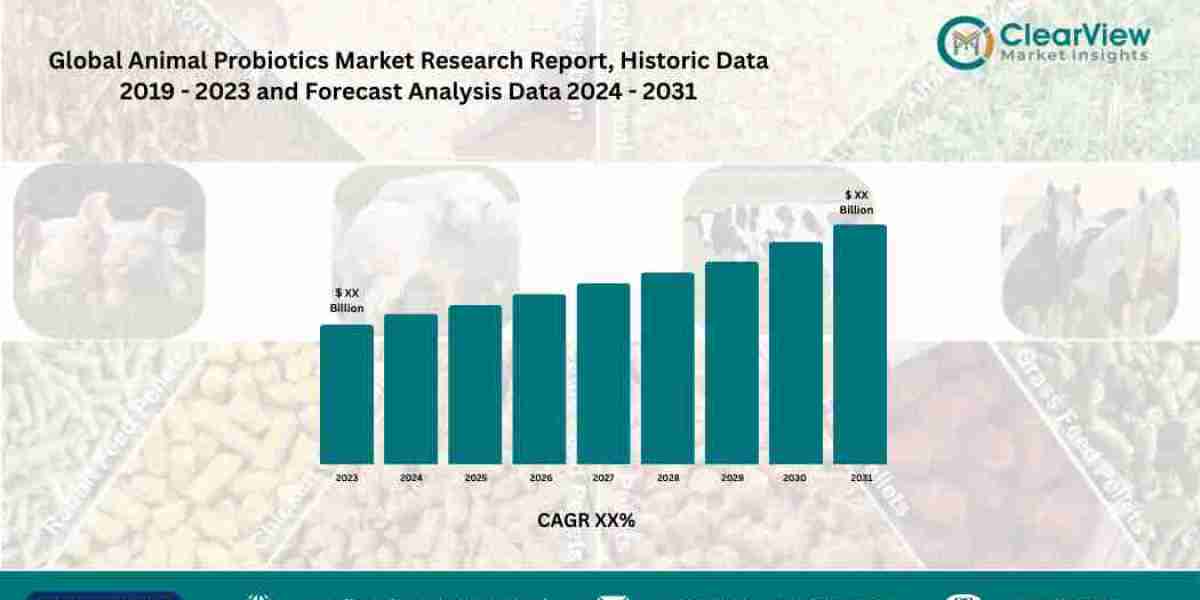The global vaccine transport carrier market is entering a phase of strong and sustained growth, propelled by the rapid expansion of immunization programs and the pressing need for robust cold chain systems. As vaccines become a fundamental part of global health strategies—not just for childhood immunizations but also for adult programs, pandemic preparedness, and emerging diseases—the infrastructure supporting vaccine delivery must evolve accordingly. Vaccine transport carriers, designed to safely deliver temperature-sensitive vaccines across varied geographies, are now seen as critical components in this ecosystem.
In both developing and developed countries, investments in healthcare systems are being matched by targeted improvements in cold chain logistics. As vaccine volumes increase and the complexity of immunization schedules grows, the demand for high-quality, reliable, and scalable vaccine transport carriers is surging worldwide.
The Vital Role of Vaccine Transport Carriers in the Cold Chain
Vaccines are delicate biological products that must be stored and transported within a specific temperature range—typically between 2°C and 8°C—to maintain their efficacy. In the absence of consistent temperature control, vaccines can become ineffective, leading to significant public health risks and financial losses.
Vaccine transport carriers ensure that vaccines maintain their potency as they move from central storage facilities to points of administration, including rural health centers, mobile clinics, and outreach locations. These insulated containers are designed to protect contents from heat exposure, freezing, and rough handling, often during last-mile delivery in remote or hard-to-access areas.
As immunization coverage expands globally, the number of vaccines requiring transport is increasing exponentially, placing growing pressure on cold chain infrastructure and accelerating demand for efficient transport solutions.
Global Immunization Drives Fuel Market Growth
International health initiatives are fueling the widespread expansion of immunization programs. Efforts led by organizations such as the World Health Organization (WHO), Gavi, the Vaccine Alliance, and UNICEF have significantly improved access to life-saving vaccines in low- and middle-income countries. These programs, aimed at eradicating diseases like measles, polio, and diphtheria, depend heavily on reliable vaccine transport systems.
Governments are also scaling up national immunization programs to reach underserved populations, including nomadic communities, urban slums, and border regions. In these scenarios, dependable transport carriers capable of maintaining cold conditions over long distances and varied terrain become indispensable.
Advancements in Product Technology and Design
To meet rising global demands, vaccine transport carrier manufacturers are innovating with new materials, technologies, and designs. Today’s carriers are more efficient, durable, and user-friendly than their predecessors. Key advancements include:
Longer Cold Life: Carriers using phase change materials (PCMs), vacuum insulation panels (VIPs), and advanced foams can retain optimal temperatures for up to five days or more without external refrigeration.
Integrated Monitoring: Temperature loggers and freeze indicators allow healthcare workers to confirm that vaccines were maintained within safe temperature ranges throughout the journey.
Enhanced Portability: Lightweight and ergonomically designed carriers improve ease of use for health workers traveling on foot or using bicycles, motorcycles, or boats.
WHO Prequalification: Many carriers now meet the WHO Performance, Quality and Safety (PQS) standards, making them eligible for procurement by international health agencies and government programs.
These advancements contribute to more reliable and efficient vaccine distribution, particularly in challenging environments where power supply, transport, and storage conditions are limited or inconsistent.
Regional Market Trends
The Asia-Pacific region leads in volume demand, driven by dense populations, government-led vaccination campaigns, and strong donor involvement. India, in particular, represents a large and growing market, with multiple public health initiatives requiring extensive vaccine transport support.
Africa also shows significant growth potential due to persistent gaps in immunization coverage and a need for reliable cold chain equipment. The continent’s many remote and rural regions require durable carriers with extended cold life and rugged construction.
In North America and Europe, the focus is shifting toward advanced technologies, smart transport systems, and sustainability—driving demand for reusable, energy-efficient, and recyclable carrier solutions.
Future Outlook and Opportunities
As global health systems become more proactive and preventative, vaccine distribution logistics will remain central to healthcare planning. The ongoing expansion of immunization schedules, introduction of new vaccines, and emphasis on pandemic preparedness will continue to drive the vaccine transport carrier market forward.
Future opportunities include:
Smart Vaccine Carriers: Equipped with IoT devices, GPS, and cloud-based monitoring for real-time tracking and management.
Sustainable Materials: Development of eco-friendly, biodegradable, or recyclable carriers to reduce environmental impact.
Local Manufacturing: Encouragement of local or regional production to ensure rapid delivery, cost efficiency, and responsiveness to local needs.
Cross-Sector Collaboration: Public-private partnerships to develop innovative, low-cost, and field-adapted solutions for emerging markets.
Conclusion
The vaccine transport carrier market is poised for considerable expansion as global immunization programs grow and the demand for reliable cold chain infrastructure intensifies. From technological innovation and product design to government investment and international cooperation, the industry is aligning to meet the evolving needs of public health systems worldwide.
As safe and timely vaccine delivery becomes a global priority, vaccine transport carriers will remain an indispensable component of healthcare logistics—ensuring that life-saving vaccines reach every individual, no matter where they live.




